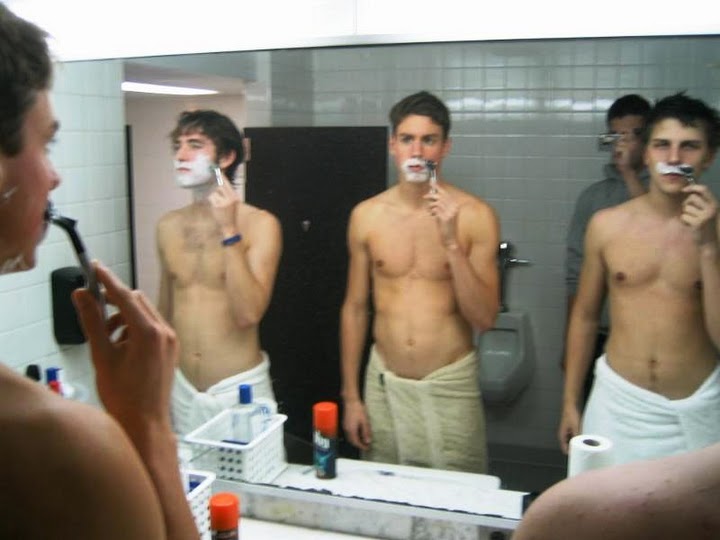How many times have you really felt like sleeping but were prevented to do so by a paper or project that was due the next day or by having to go out with friends?!
If you are like most other people the answer is probably a lot of times! My next question is going to be what have you tried to do to combat this, naps, stimulants or just plain die-hard determination ?!
The right answer however is a combination of all three!
Research has shown that both information overload and pushing our brains too hard can zap energy. But studies by the National Institutes of Mental Health found that a 20-60 minute “power nap” can not only reverse the mind-numbing effects of information overload, it may also help us to better retain what we have learned.
Now you will say, yes I always take naps but most of the times I am even more tired than before so naps only screw people over! Yes it's true, an unexperienced napper can get quite the undesired effects from his short bout of ZzZs, however here are a few important tips to help turn your napping experience 180 degrees:
1. Depending on your personal circadian rhythm, picking the right time for a nap is a little tricky. I like to do it after lunch if I need extra energy in the afternoon or after dinner if I want some extra hours to work on a paper during the night. After a meal you are already prone to fall asleep due to your body switching its focus on digestion and absorption of nutrients which makes it a perfect time to nap if you can't normally just fall asleep during the day.
2. One of the worst things that can happen after a nap is feeling even more tired and groggy than before, making the time spent on the nap a complete waste. The best thing you can do to counteract this is to drink a cup of coffee or an energy drink right before napping. Now I know this might sound counterintuitive to sleeping but it takes a while for your body to absorb the caffeine from your gastro-intestinal tract. You will get to wake up right around the time the caffeine is starting to kick in, which combined with a restful sleep is a win-win situation.
3. Find a quiet (use earplugs), dark (use an eyemask) and comfortable (remember your body temperature goes down while sleeping so a small blanket should do the trick) spot for napping. Make sure nothing can bother you before your wake-up time, so turn your phone off, lock your office door, etc.
4. Find the best nap time for you! Different people have reported different optimal duration times for napping ranging from 15 minutes to an hour. All of it depends on how fast you can fall asleep. What you are pursuing from a power nap is benefiting from the first two stages of sleep BUT without letting your body continue with the rest of the sleeping process. This prevents sleep inertia, which is what makes a nap fail miserably.
5. Most important of all, set an alarm clock for the duration of your nap while maybe adding an extra 5-10 minutes depending on how long it takes you to fall asleep. If you're a snooze-pusher make sure the alarm is as far as possible from you, but while keeping it in audible range. If you're as terrible as I am with waking up you will set 2 or more alarms at a few minute intervals of each other.
6. Now that you are awake, do some jumping jacks to bring your body back to normal parameters, wash your face with some cold water and presto, you are ready to kick some paper/presentation/project ass.












.jpg)






































